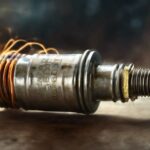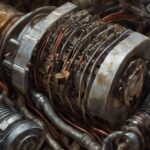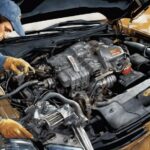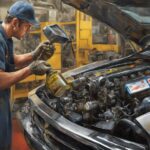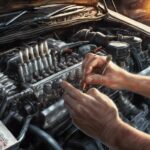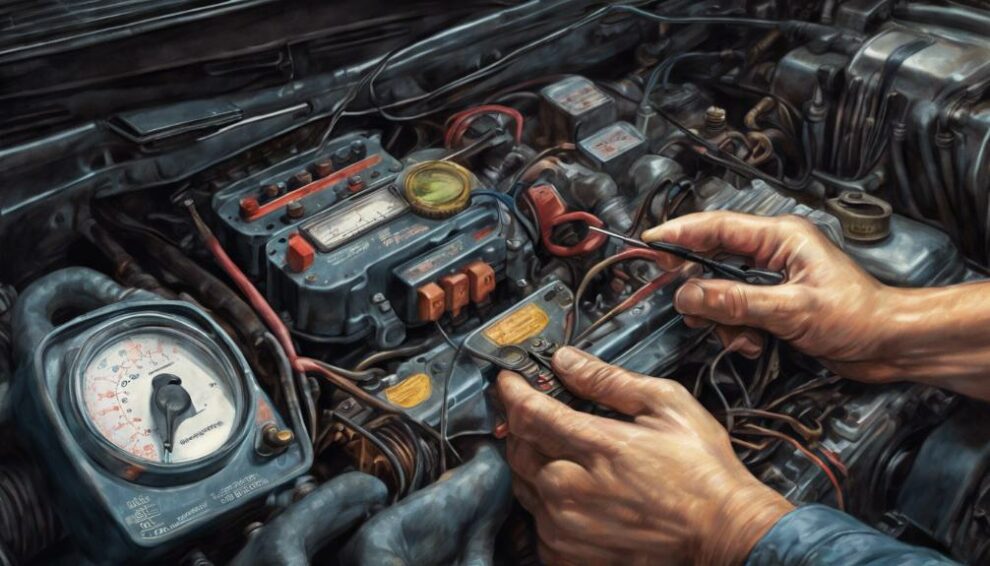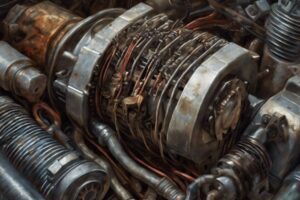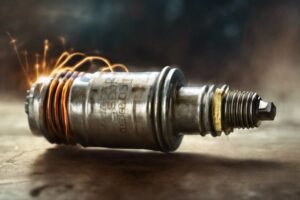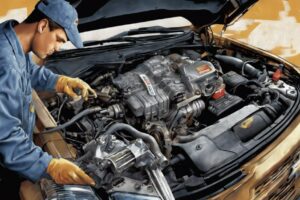To identify and fix horn relay issues, listen for intermittent sounds or unexpected horn activation. Check for visible damage, corrosion, and loose connections.
Use a multimeter to test functionality. Tools needed include a multimeter and wire jumpers. Follow a systematic process to inspect and replace relays efficiently.
Quick fixes involve swapping out relays and regular maintenance. Prevent future problems by cleaning connections and replacing worn relays. Knowing troubleshooting tips can save time and money.
By understanding the signs, tools, and steps, you can effectively maintain your car’s horn relay. Further insights can help you master horn relay diagnostics.
What You Need to Know
- Listen for clicking noise when horn is activated to troubleshoot.
- Use a multimeter to test continuity and diagnose relay functionality.
- Inspect relay for damage, corrosion, and loose connections.
- Swap out faulty relay with compatible replacement for efficient fix.
- Regular maintenance and cleaning prevent sudden horn failures.
Common Signs of Faulty Horn Relay
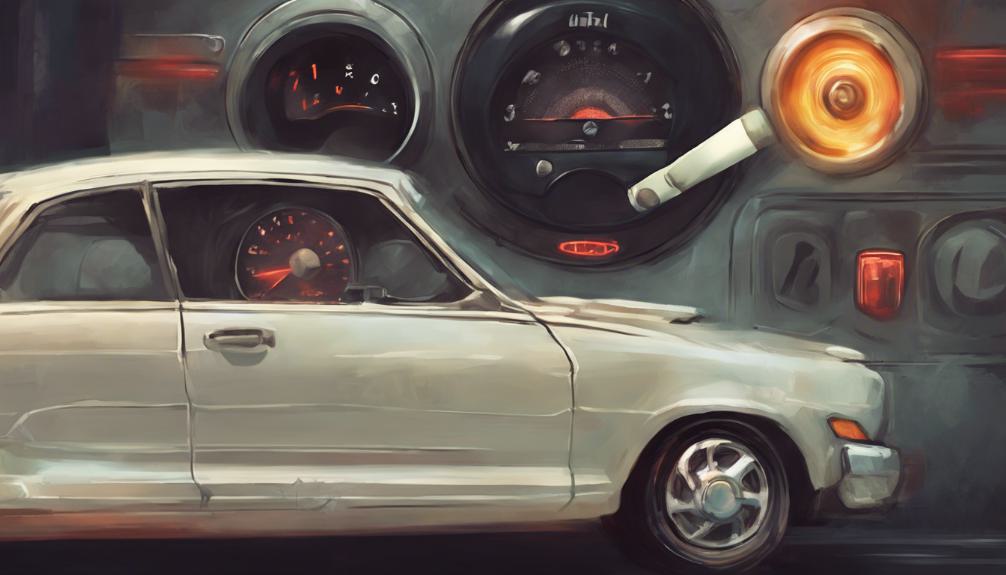
Wondering how to identify if your horn relay is faulty? When faced with a silent horn, intermittent sounds, or the horn going off unexpectedly while driving, it could be a sign of a malfunctioning horn relay.
One way to troubleshoot this issue is by listening for a clicking noise coming from the relay when you activate the horn. This clicking sound may suggest relay problems that need to be addressed.
To diagnose a faulty horn relay, you can follow specific diagnostic procedures. Start by checking the relay for any visible signs of damage or corrosion.
Inspect the wiring connected to the relay for any loose connections or frayed wires. Testing the relay with a multimeter can also help determine if it’s functioning correctly.
Regular maintenance and inspection of your vehicle’s electrical components can help prevent horn relay failures and ensure your horn operates effectively when needed.
By following these troubleshooting techniques and diagnostic procedures, you can effectively identify and address issues with your horn relay.
Tools Needed for Relay Testing
To effectively test your horn relay, you’ll require specific tools such as a multimeter for checking continuity and wire jumpers for diagnosing relay issues.
A multimeter is essential in determining if the electrical current can flow through the relay as intended.
By using the multimeter to test for continuity, you can pinpoint any breaks in the circuit that may be causing the horn relay to malfunction.
Also, wire jumpers are invaluable tools for relay troubleshooting. They allow you to bypass the relay temporarily to see if the horn functions properly when direct power is supplied.
This can help isolate whether the issue lies within the relay or elsewhere in the electrical system.
Step-by-Step Relay Inspection Process
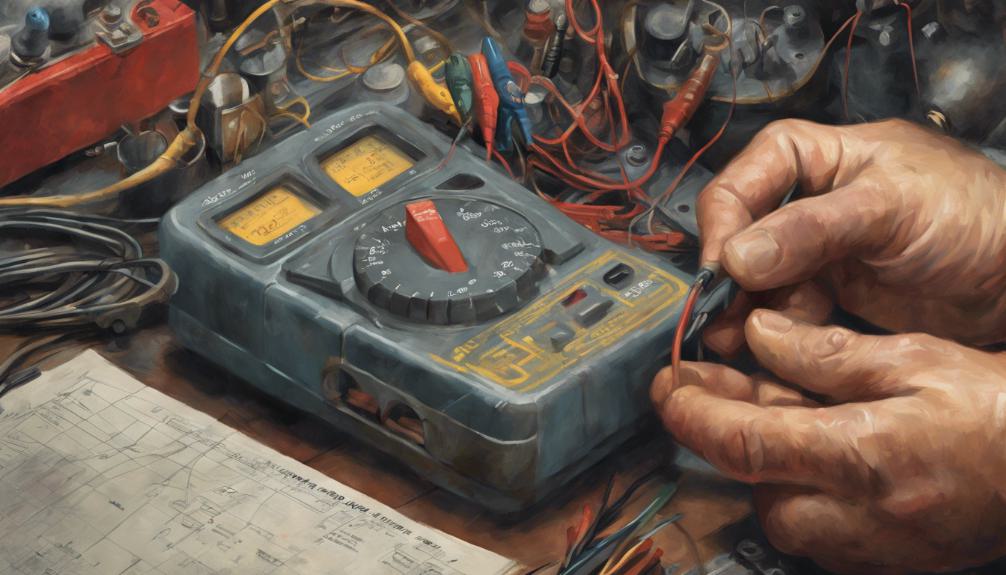
Inspect the horn relay by first locating it in the vehicle’s fuse box using the manual for guidance.
Once you have found the relay, check for continuity using a multimeter to test its functionality.
Look closely at the relay connections for any signs of corrosion or damage that may be affecting its performance.
Troubleshooting tips include swapping out the relay with a compatible replacement to see if it resolves the horn issue.
Understanding the relay’s role in powering the horn can aid in diagnosing and fixing faults efficiently.
By following this step-by-step inspection process, you can identify any issues with the horn relay and take appropriate action to rectify them.
Remember to handle the relay with care and make sure all connections are secure during the inspection to prevent any further complications.
Quick Fixes for Horn Relay Issues
In troubleshooting horn relay issues, consider swapping out the relay with a compatible replacement as a quick fix to restore horn functionality.
If your horn isn’t working and you suspect the relay is the culprit, this simple switch can often resolve the problem.
Before replacing the relay, it’s a good idea to test it for continuity using a multimeter to confirm if it’s faulty.
Once you have identified a bad relay, finding a compatible replacement is essential for getting your horn back in working order.
Regular relay maintenance can also help prevent sudden horn failures. Inspecting the relay for any signs of corrosion on the connections is important to guarantee proper electrical flow.
By regularly checking and maintaining your horn relay, you can catch potential issues early on and avoid being left without a functioning horn when you need it most.
Understanding troubleshooting tips for horn relays and knowing how to perform quick fixes can save you time and money in the long run.
Preventing Future Horn Relay Problems
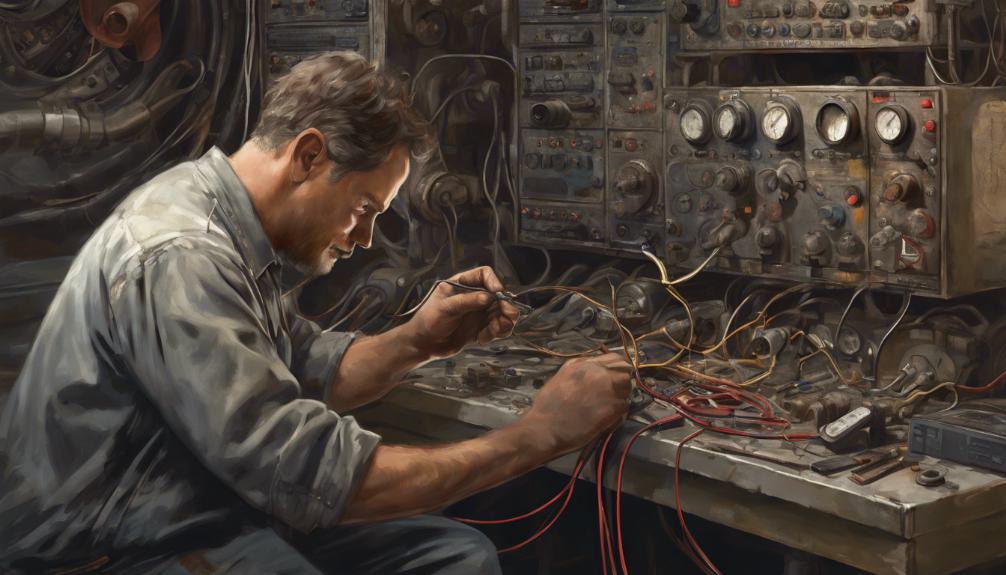
Regular vigilance and proactive maintenance are key to safeguarding your vehicle’s horn relay against potential future issues.
To prevent future horn relay problems, prioritize relay maintenance by regularly inspecting and cleaning relay connections to avoid corrosion buildup.
Replace worn out relays promptly to prevent future horn malfunctions. Enhance conductivity and longevity by applying dielectric grease on relay terminals.
It’s essential to check for loose or damaged wires near the relay to prevent potential electrical issues that could affect the horn’s functionality.
Following manufacturer recommendations for relay maintenance is important to ensure peak horn performance and longevity.
By staying proactive and attending to these maintenance tasks, you can greatly reduce the chances of encountering horn relay problems down the road.
As an Amazon Associate we earn from qualifying purchases.

